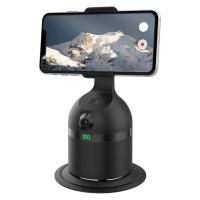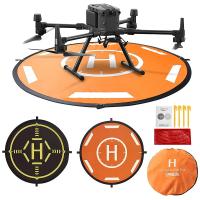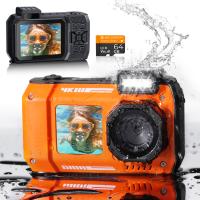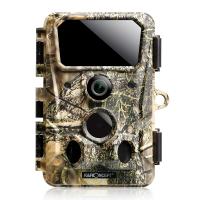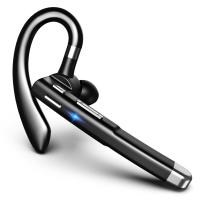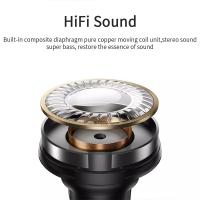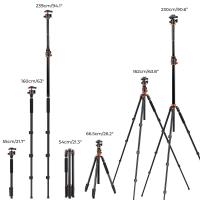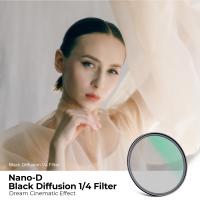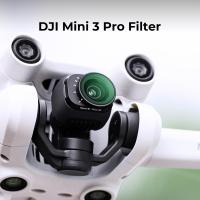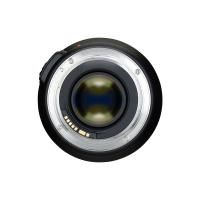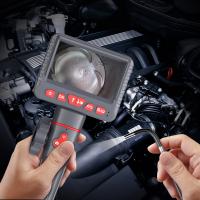What Is Monopod ?
A monopod is a type of camera support that consists of a single leg with a camera mount at the top. It is used to provide stability and support for a camera or other photographic equipment, particularly in situations where a tripod is too bulky or impractical to use. Monopods are often used by sports and wildlife photographers who need to move quickly and easily while still maintaining some level of stability for their equipment. They are also popular among videographers who need to shoot handheld footage but want to reduce camera shake and fatigue. Monopods come in a variety of sizes and materials, from lightweight aluminum models to heavy-duty carbon fiber versions. They are typically adjustable in height and can be collapsed for easy transport.
1、 Definition of Monopod
What is Monopod?
A monopod is a type of camera support that consists of a single leg with a camera mount at the top. It is used to provide stability and support for a camera while shooting, particularly in situations where a tripod is not practical or allowed. Monopods are commonly used in sports photography, wildlife photography, and other situations where the photographer needs to move quickly and be mobile.
The monopod is a versatile tool that can be used in a variety of situations. It is lightweight and easy to carry, making it ideal for travel and outdoor photography. It can also be used in low light situations where a tripod would be too cumbersome or impractical.
In recent years, monopods have become increasingly popular among vloggers and content creators. They provide a stable platform for shooting video while allowing the user to move around freely. Some monopods even come with built-in Bluetooth controls for remote shooting and video recording.
Overall, the monopod is a useful tool for any photographer or videographer looking to improve the stability and quality of their shots.
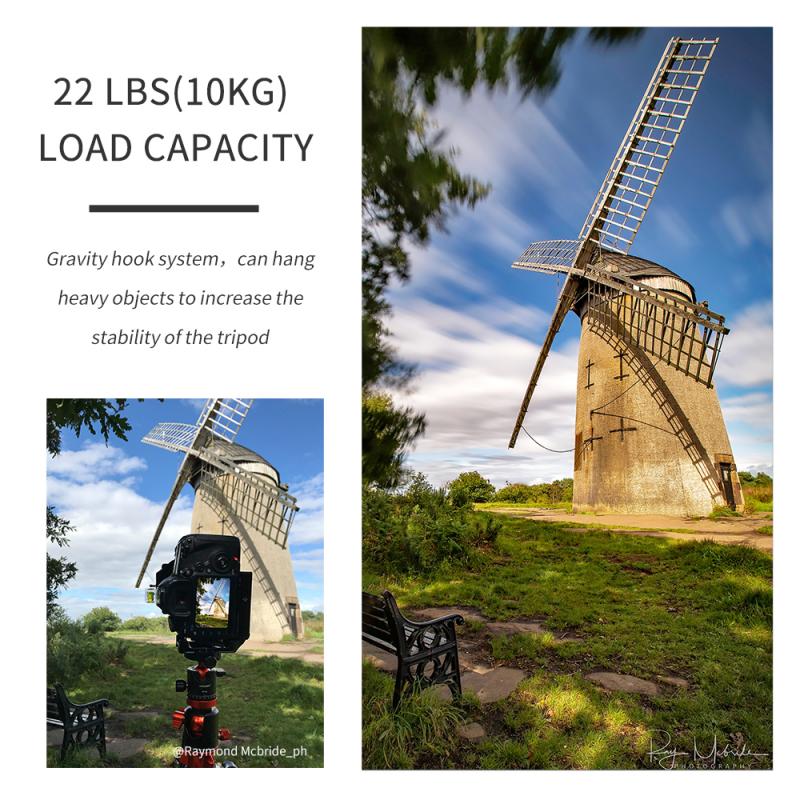
2、 Types of Monopods
What is monopod? A monopod is a type of camera support that consists of a single pole or leg with a camera mount at the top. It is designed to provide stability and support for photographers and videographers while shooting in situations where a tripod is not practical or allowed. Monopods are lightweight, portable, and easy to use, making them a popular choice for sports, wildlife, and event photography.
There are several types of monopods available in the market, including basic monopods, telescoping monopods, and monopods with feet. Basic monopods are the simplest type and consist of a single pole with a camera mount at the top. Telescoping monopods, on the other hand, have adjustable sections that allow the user to adjust the height of the monopod. Monopods with feet have a small tripod-like base at the bottom of the pole, providing additional stability and support.
In recent years, there has been a growing trend towards using monopods for video production. With the rise of DSLR and mirrorless cameras that are capable of shooting high-quality video, monopods have become an essential tool for videographers. They provide stability and support for the camera while allowing for smooth panning and tilting movements.
Overall, monopods are a versatile and essential tool for photographers and videographers. They provide stability and support in situations where a tripod is not practical, and they are lightweight and portable, making them easy to carry around. With the latest advancements in camera technology, monopods have become an essential tool for both photography and videography.
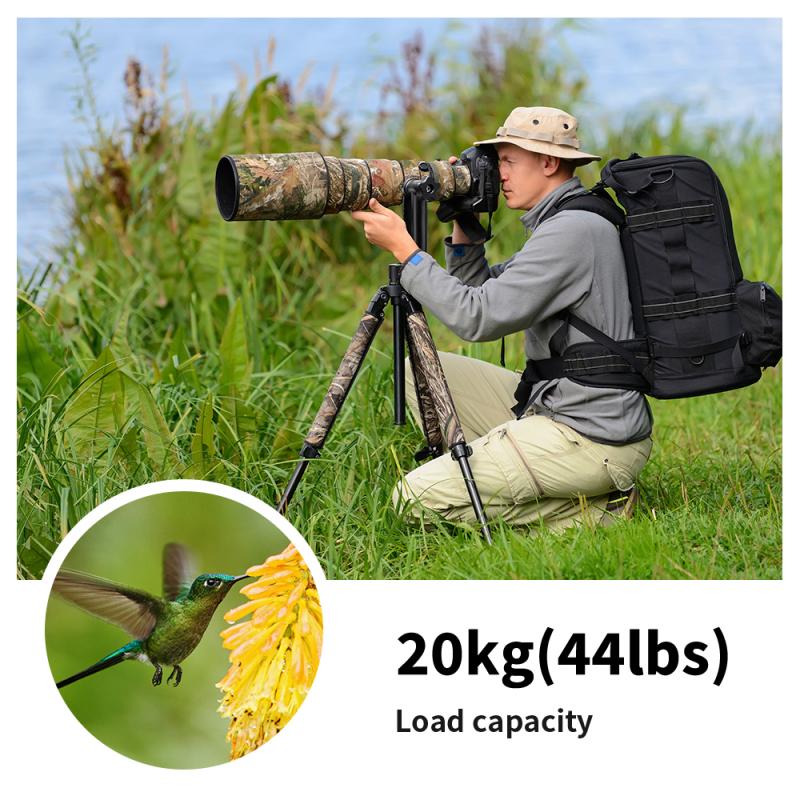
3、 Advantages of Using a Monopod
What is monopod? A monopod is a single-legged camera support that helps photographers stabilize their cameras while shooting. It is a lightweight and portable alternative to a tripod, making it an ideal choice for photographers who need to move around quickly and shoot in different locations.
The advantages of using a monopod are numerous. Firstly, it provides stability to the camera, reducing the risk of camera shake and resulting in sharper images. Secondly, it allows photographers to shoot at slower shutter speeds without the need for a tripod, which can be cumbersome and time-consuming to set up. This is particularly useful in low-light situations where a slower shutter speed is necessary to capture the scene.
Another advantage of using a monopod is that it can help photographers shoot from different angles and heights. By adjusting the height of the monopod, photographers can shoot from a higher or lower perspective, giving them more creative control over their images.
In addition, monopods are often allowed in places where tripods are not, such as museums, galleries, and other public spaces. This makes them a versatile tool for photographers who need to shoot in a variety of locations.
Finally, monopods are relatively inexpensive compared to tripods, making them an affordable option for photographers on a budget.
In the latest point of view, monopods have become even more popular with the rise of mobile photography. Many smartphone users now use monopods to stabilize their phones while shooting, resulting in better quality images and videos. As mobile photography continues to grow in popularity, the use of monopods is likely to become even more widespread.

4、 Disadvantages of Using a Monopod
What is monopod?
A monopod is a single-legged camera support that is used to stabilize a camera or a video camera. It is a lightweight and portable alternative to a tripod, which makes it a popular choice for photographers and videographers who need to move around quickly and shoot in different locations.
Disadvantages of Using a Monopod:
While monopods have their advantages, they also have some disadvantages that photographers and videographers should be aware of. Here are some of the main disadvantages of using a monopod:
1. Limited Stability: Unlike a tripod, a monopod only has one leg, which means it is less stable and can be more difficult to balance. This can result in shaky footage or blurry photos, especially in low light conditions.
2. Limited Height: Monopods are typically shorter than tripods, which means they may not be suitable for shooting from high angles or for capturing wide-angle shots.
3. Limited Flexibility: Monopods are designed to be used in a vertical position, which means they may not be suitable for shooting in portrait mode or for capturing shots at different angles.
4. Limited Support: Monopods are not designed to support heavy equipment, which means they may not be suitable for use with larger cameras or lenses.
5. Latest Point of View: With the advancement of technology, some of the disadvantages of using a monopod can be overcome by using a gimbal stabilizer. A gimbal stabilizer is a device that uses motors and sensors to stabilize a camera or a video camera. It can provide better stability and flexibility than a monopod, especially when shooting in challenging conditions. However, gimbal stabilizers can be more expensive and require more setup time than a monopod.
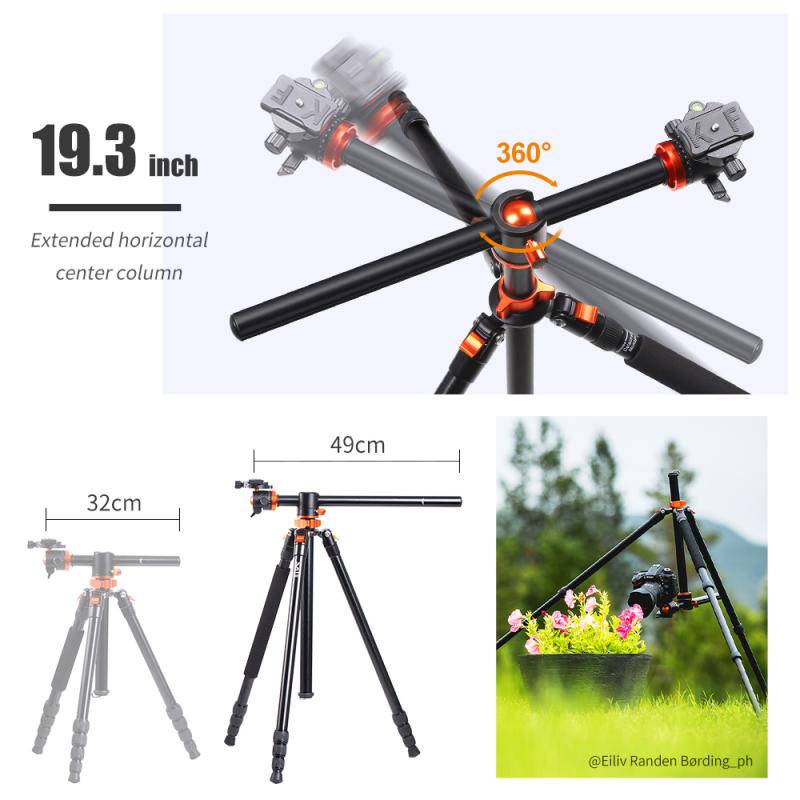

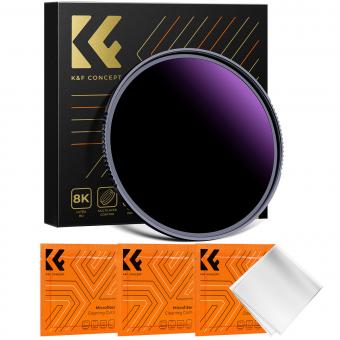

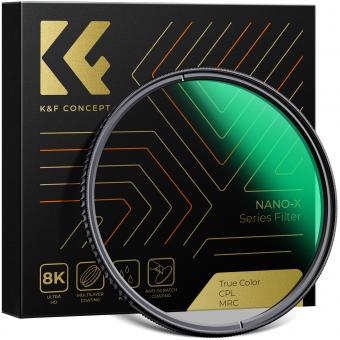

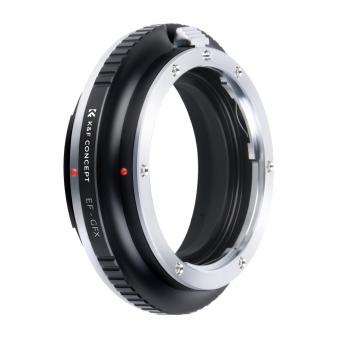
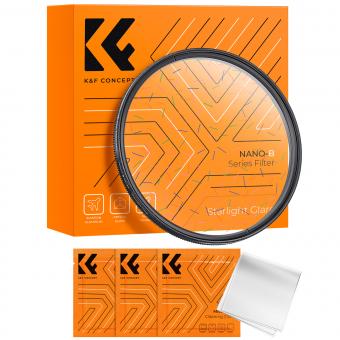
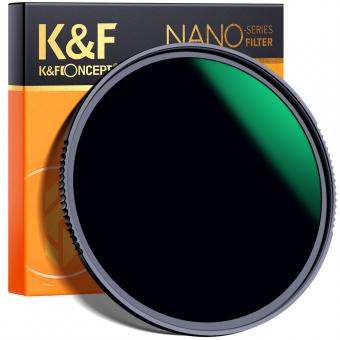

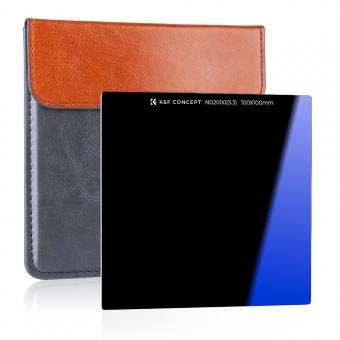

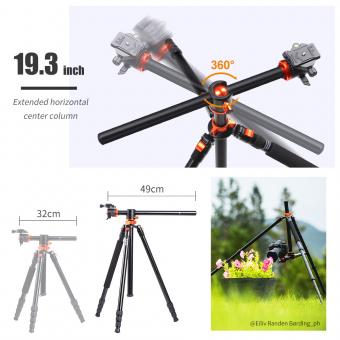


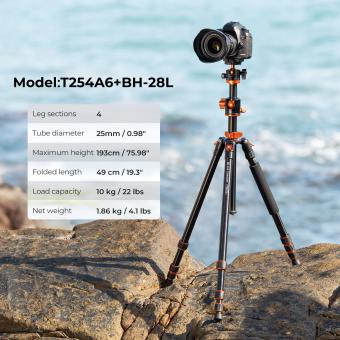


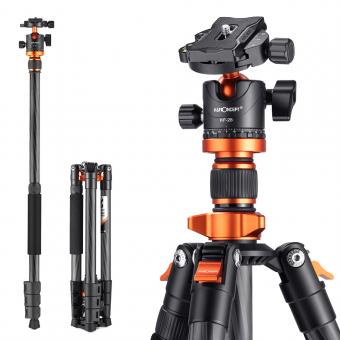

![Carbon Monoxide Detectors Portable Temperature Detector/Humidity Sensor/Air Quality Meter Smoke CO Gas Monitor [3 in 1] Alarm Carbon Monoxide Detectors Portable Temperature Detector/Humidity Sensor/Air Quality Meter Smoke CO Gas Monitor [3 in 1] Alarm](https://img.kentfaith.de/cache/catalog/products/de/GW40.0007/GW40.0007-1-200x200.jpg)
